The rise of robotaxis has been heralded as the future of urban mobility, promising safer roads, reduced congestion, and greater accessibility. Yet, as companies push toward full autonomy, a critical stumbling block remains: the cost of human safety drivers. These trained professionals, who sit behind the wheel to monitor and intervene when necessary, represent a significant financial burden—one that threatens to derail the economic viability of autonomous ride-hailing services.
For years, companies like Waymo, Cruise, and Zoox have relied on safety drivers to bridge the gap between limited autonomy and full self-driving capability. While their presence ensures passenger safety and regulatory compliance, they also introduce labor costs that undercut the very efficiency robotaxis aim to achieve. Unlike human-driven taxis, autonomous vehicles were supposed to slash operating expenses by eliminating wages. But until the technology is flawless, human oversight remains non-negotiable.
The Hidden Economics of Safety Drivers
At first glance, the expense of employing safety drivers might seem manageable. However, the reality is far more complex. These operators aren’t just drivers—they’re highly trained specialists capable of diagnosing system failures, executing emergency protocols, and logging technical data. Their expertise commands premium salaries, often exceeding those of traditional ride-hail drivers. Moreover, because robotaxi fleets operate around the clock, companies must staff multiple shifts, further multiplying costs.
Compounding the issue is scalability. A small pilot program with a few dozen vehicles might absorb safety driver expenses as a necessary R&D cost. But as fleets expand to hundreds or thousands of units, the financial burden becomes unsustainable. Analysts estimate that safety drivers can account for up to 60% of a robotaxi’s operational costs—a figure that obliterates any potential savings from automation.
The Regulatory Tightrope
Regulators have so far insisted on human oversight as a condition for permitting robotaxi deployments. High-profile accidents, like the 2018 Uber self-driving fatality in Arizona, have made authorities cautious. Even in cities where companies operate without safety drivers, such as Waymo’s limited driverless service in Phoenix, stringent restrictions apply. The message is clear: until autonomous systems prove infallible, human backups are mandatory.
This creates a catch-22 for the industry. To refine their technology, companies need vast amounts of real-world driving data. But collecting that data requires safety drivers, whose costs limit fleet sizes and operational hours. The slower the scaling process, the longer it takes to achieve the reliability needed to eliminate human oversight—perpetuating the cycle.
Public Perception and the Trust Deficit
Beyond economics and regulation, there’s the thorny issue of public trust. Passengers remain skeptical of fully driverless vehicles, and safety drivers serve as psychological comfort. A recent survey found that 68% of urban commuters would refuse a robotaxi without a human present. This reluctance isn’t irrational—autonomous systems still struggle with edge cases, from construction zones to erratic pedestrians.
Companies face a delicate balancing act: reducing reliance on safety drivers to cut costs while assuring riders that their services are safe. Some have experimented with remote monitoring, where off-site operators supervise multiple vehicles simultaneously. But latency issues and the limitations of remote intervention make this a half-measure at best.
The Path Forward: Incremental Autonomy or Radical Leap?
The industry is divided on how to escape this cost trap. Some argue for incrementalism—gradually reducing safety driver hours as algorithms improve. Waymo, for instance, has slowly expanded its driverless operations in Phoenix, using safety drivers only in adverse weather or unfamiliar routes. This approach minimizes risk but prolongs the financial strain.
Others advocate for a technological moonshot: accelerating the development of Level 5 autonomy to render human oversight obsolete. Startups like Aurora and Motional are betting on next-gen sensors and AI to achieve this, though timelines remain uncertain. The gamble is that massive upfront investment in R&D will eventually pay off by eliminating recurring labor costs.
Meanwhile, cities and taxpayers are growing impatient. Municipalities that welcomed robotaxi trials with open arms now question their long-term value. Without a clear roadmap to profitability, public-private partnerships are fraying. San Francisco’s recent backlash against Cruise’s expansion—culminating in a permit suspension after a pedestrian-dragging incident—underscores the fragility of the current model.
A Fork in the Road
The safety driver conundrum isn’t just a speed bump—it’s a existential challenge for the robotaxi industry. As capital becomes scarcer and investors demand returns, companies must either find a way to phase out human oversight without compromising safety or admit that the economics of autonomy don’t yet add up. The coming years will reveal whether robotaxis can transcend their costly human crutches or remain forever on the cusp of a revolution that never quite arrives.
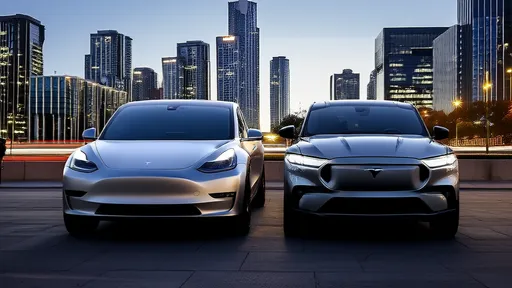
By /Jun 14, 2025

By /Jun 14, 2025
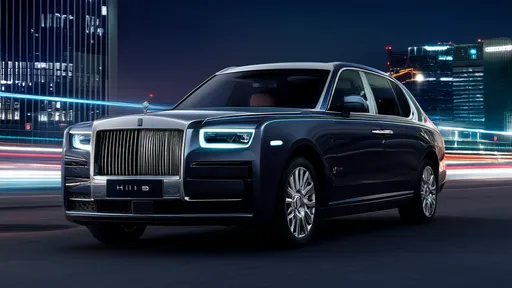
By /Jun 14, 2025

By /Jun 14, 2025
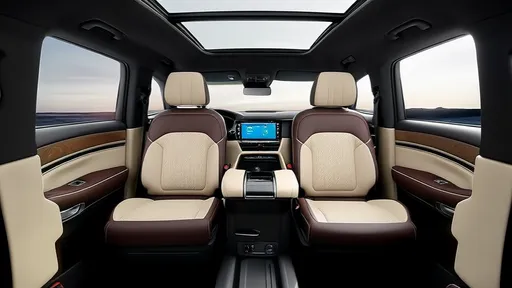
By /Jun 14, 2025
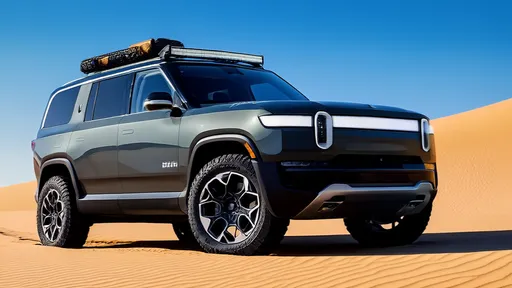
By /Jun 14, 2025
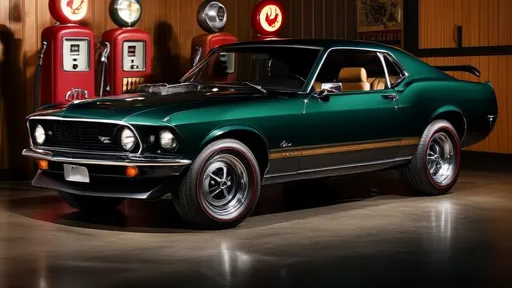
By /Jun 14, 2025

By /Jun 14, 2025
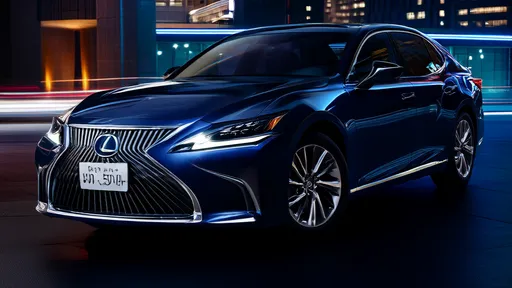
By /Jun 14, 2025
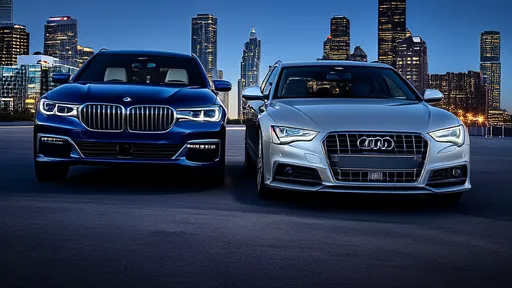
By /Jun 14, 2025
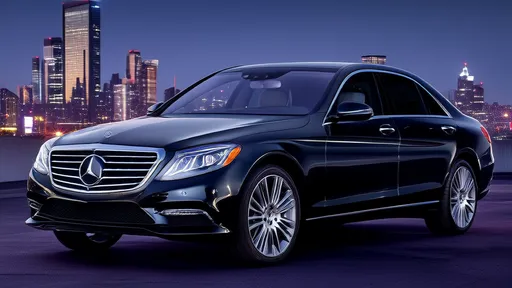
By /Jun 14, 2025
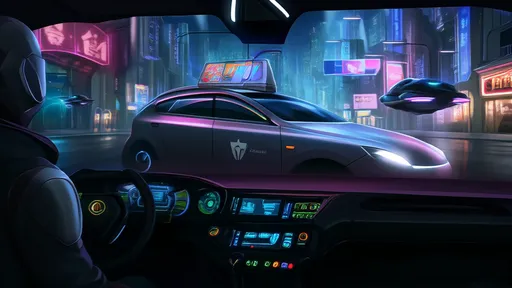
By /Jun 14, 2025
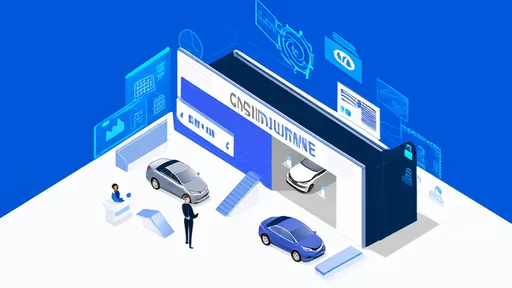
By /Jun 14, 2025
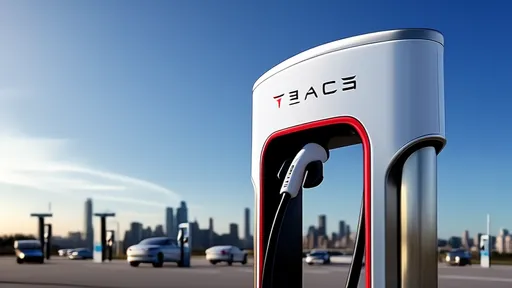
By /Jun 14, 2025
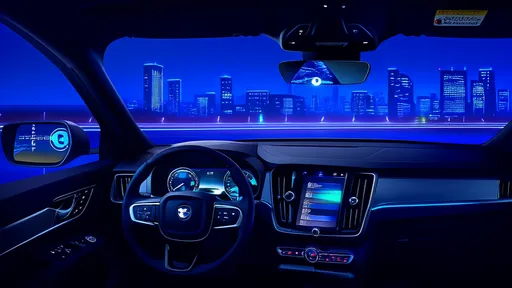
By /Jun 14, 2025
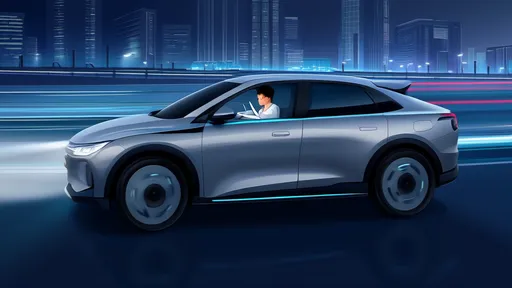
By /Jun 14, 2025
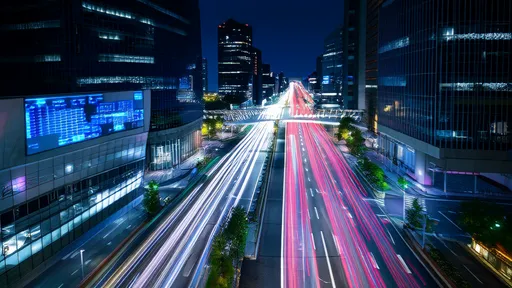
By /Jun 14, 2025